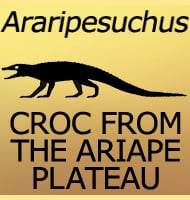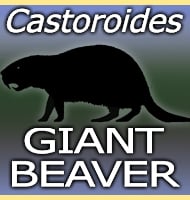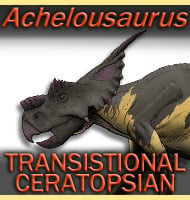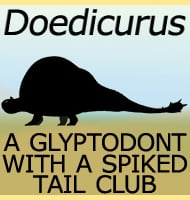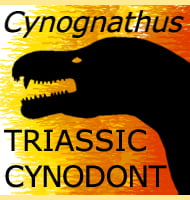In Depth
A close relative to Vulcanodon, Tazoudasaurus was quite a bit larger than its more famous cousin, though still small when compared to many of the sauropods of the late Jurassic. Also, although known only from partial remains, Tazoudasaurus is still represented by the most complete early Jurassic sauropod remains known. V-shaped wear patterns present on the teeth of Tazoudasaurus indicate that food was primarily processed when in the mouth, particularly between the teeth upper and lower teeth which ground against each other.
Tazoudasaurus was named after the Tazouda locality of Morocco, while the species name is the latinized version of the Arabic word for slender, a reference to the lightweight physique of this dinosaur. A possible predator of Tazoudasaurus could be the theropod dinosaur Berberosaurus, fossils of which have been found nearby the fossils of Tazoudasaurus.
Further Reading
- A basal sauropod dinosaur from the Early Jurassic of Morocco - Ronan Allain, Najat Aquesbi, Jean Dejax, Christian Meyer, Michel Monbaron, Christian Montenat, Philippe Richir, Mohammed Rochdy, Dale Russell, Philippe Taquet & M’ghari Moha - 2004. – Anatomy and phylogenetic relationships of Tazoudasaurus naimi (Dinosauria, Sauropoda) from the late Early Jurassic of Morocco. – Geodiversitas. 30 (2): 345–424. – Ronan Allain & Najat Aquesbi – 2008. – A reconstruction of Tazoudasaurus naimi (Dinosauria, Sauropoda) from the late Early Jurassic of Morocco. – Historical Biology, 22(1-3), 134-141. – K. Peyer & R. Allain – 2010.

